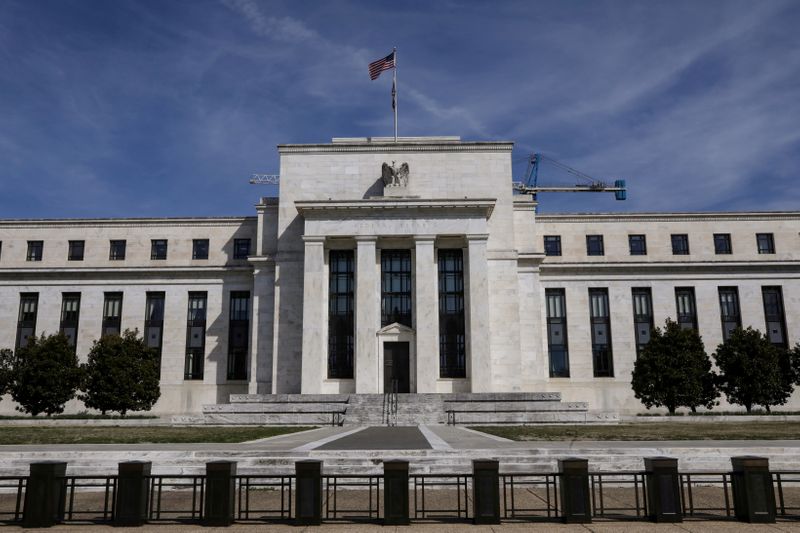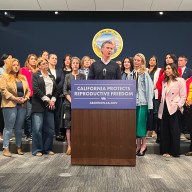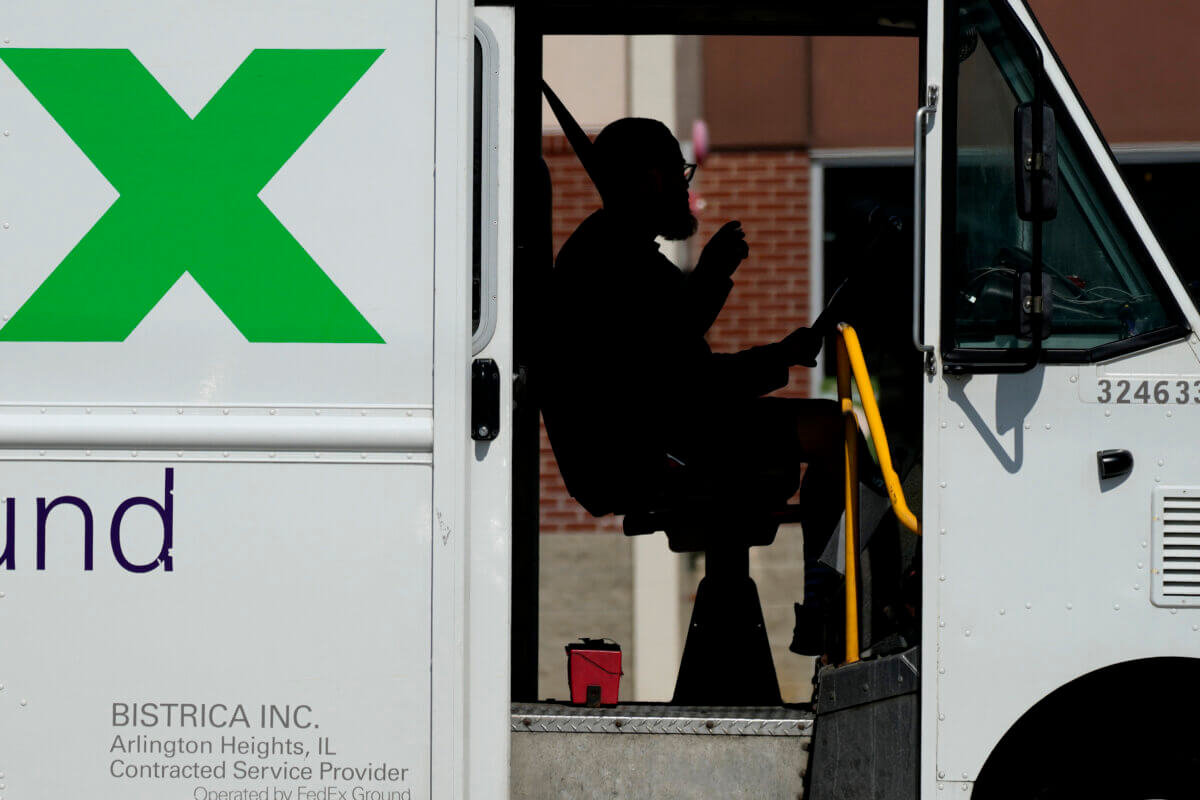NEW YORK (Reuters) – Excess liquidity in the short-term U.S. lending market recently knocked overnight interest rates to almost zero, and risks pushing the federal funds rate to negative territory, a scenario that could cause disruptions in money markets.
The fed funds rate is the rate banks charge each other for overnight loans to meet reserves required by the Federal Reserve.
A sub-zero effective fed funds rate would imply that banks are willing to pay to lend funds to each other, and indicate the market expects the Fed to take interest rates below zero. Even if negative rates are a long shot, analysts said low short-term rates are not ideal either as they suggest a potentially deflationary environment.
That said, the Fed has tools to lift short-term rates, such as raising the rate it pays banks for excess reserves parked at the central bank. The so-called IOER rate also influences the fed funds target. Analysts said if the fed funds rate falls below 0.05% for consecutive sessions, a Fed response is likely to follow.
Short-term rates as measured by the U.S. overnight repurchase agreement or repo rates and the secured overnight financing rate (SOFR) both recovered on Tuesday, rising to 0.10%, from 0.03% last week, the lowest since May 2020.
In the repo market, Wall Street’s financial institutions borrow from money market funds and other investors and pledge their Treasuries and other securities they own as collateral.
(Graphic-U.S. overnight repo rate trending lower: https://fingfx.thomsonreuters.com/gfx/mkt/qmypmylexpr/US%20overnight%20repos-fed%20funds.PNG)
The U.S. secured overnight financing Rate (SOFR), which also measures of the cost of borrowing cash overnight using Treasury securities as collateral, also rose on Tuesday after falling to 0.03% last week. SOFR has replaced the London interbank offered rate (LIBOR) as an interest rate benchmark for banks.
The market is grappling with a glut of cash in the financial system with the amount of asset purchases from the Fed and support from the U.S. Treasury to deal with the coronavirus pandemic.
The U.S. Treasury is also moving away from issuing short-term bills and toward longer maturities to finance the fiscal stimulus, which has pressured yields on the front end and weighed on repo rates as well. Last Friday, for instance, yields on bills at all maturities dropped to their lowest levels since March.
“We’re going to have these periods where we’re having an oversupply of cash,” said Dan Krieter, interest rates strategist at BMO Capital in Chicago. “And we will see repo rates falling to the zero bound.”
The Fed cares about too-low interest rates because it wants to ensure that money markets remain firmly within their target range, said BoFA Securities in a note.
This was the opposite, though, of what happened in September 2019 when a cash crunch related to corporate tax payments caused a spike in overnight repo rates to as high as 10%. The Fed had to step in and reintroduce repo operations to control short-term rates and bolster bank reserves.
REDUCING TREASURY’S CASH BALANCE
The Treasury aims to reduce its cash balance, currently around $1.6 trillion, to $800 billion at the end of March.
The cash will be used to finance the government stimulus approved in December and any additional spending passed by Congress this quarter, and would end up in bank reserves.
Together with the Fed’s monthly asset purchases, that would increase the level of bank reserves by roughly $1.3 trillion through March, more than enough liquidity to pull overnight rates such as SOFR and fed funds sharply lower.
The drop in repo rates caused the effective fed funds rate (EFFR) to fall to 0.07% on Friday. On Monday, the EFFR rose to 0.08%, near the lower end of the Fed’s 0.0%-0.25% target range and just a few basis points away from the Fed needing to raise the interest on excess bank reserves.
Historically, the Fed tends to adjust the IOER when the fed funds rate comes within 5 basis points of the upper or lower bound of the target range.
“If it gets a little bit too close to the lower end, there’s a chance we could have a one-off event that could push it to towards or even outside the target range,” said Gennadiy Goldberg, senior rates strategist, at TD Securities in New York.
“That would cast doubts on the Fed’s ability to control the front-end rates.”
(Reporting by Gertrude Chavez-Dreyfuss in New York; Editing by Alden Bentley and Matthew Lewis)



















